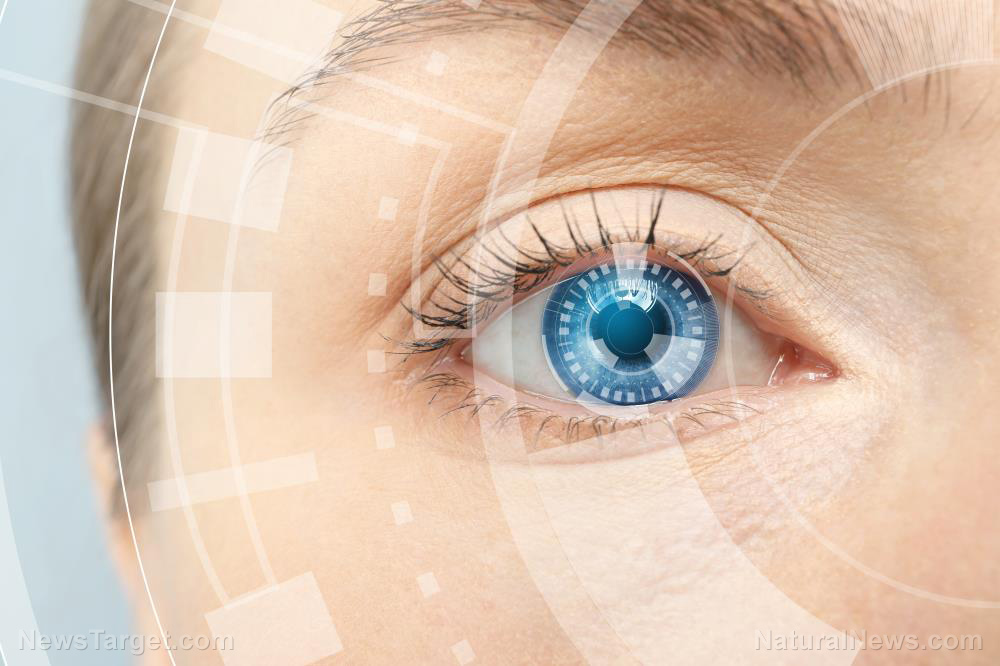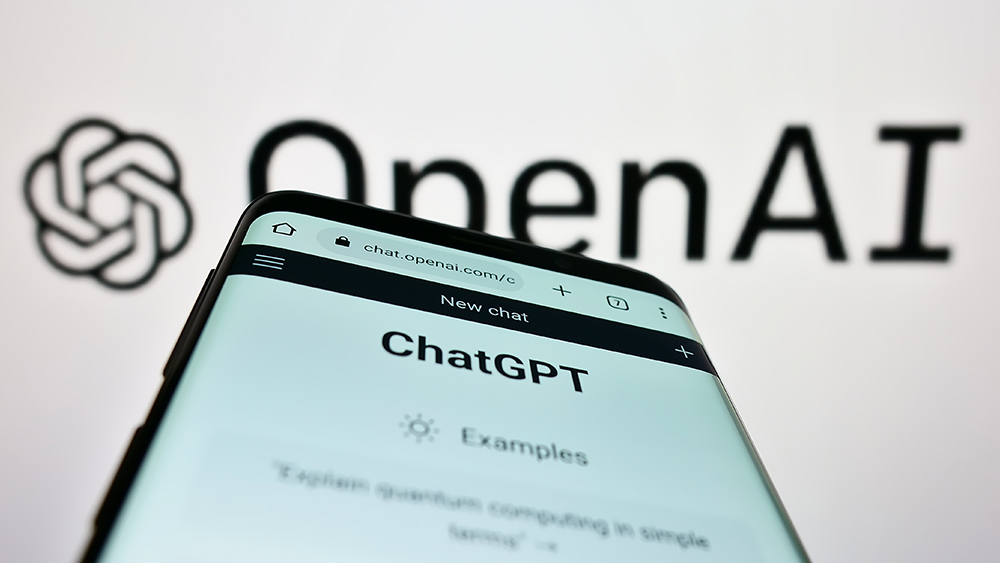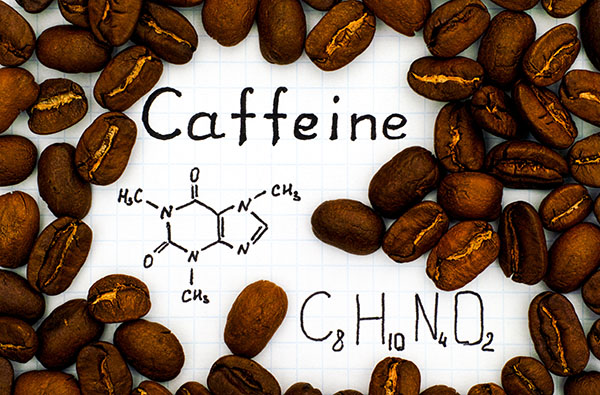
- Popular diabetes and weight-loss drug tirzepatide (Mounjaro/Zepbound) more than doubles the risk of severe eye disease, with 1.1% of users developing sight-threatening retinopathy compared to 0.5% of non-users.
- The study tracked 6,870 Type 2 diabetes patients, revealing a 115% higher risk of proliferative diabetic retinopathy (PDR), which can cause blindness if untreated.
- Rapid blood sugar drops from tirzepatide may trigger retinal damage, though the exact mechanism remains unclear, raising concerns about the drug’s direct effects.
- Eli Lilly, the drug’s maker, stayed silent on the findings, while another study linked GLP-1 drugs like Ozempic to doubled risks of another blinding eye condition.
- Experts urge patients on these drugs to get frequent eye screenings and watch for sudden vision changes, dark spots, or distorted lines to prevent irreversible damage.
Tirzepatide users face 115% higher risk of blindness-linked condition
The real-world study, conducted by researchers at Imperial College London Diabetes Centre, tracked 6,870 adults with Type 2 diabetes, comparing 3,435 tirzepatide users to an equal number of matched non-users. The results were alarming: those on the drug faced 115% higher odds of developing PDR, the most severe stage of diabetic retinopathy. PDR occurs when abnormal blood vessels grow on the retina, leading to vitreous hemorrhage, retinal detachment, and even blindness if untreated. While the general diabetic population has a PDR prevalence of 2.3% to 7.5%, the study found tirzepatide users had an incidence rate of seven cases per 1,000 person-years, a small but significant increase that could translate to thousands of preventable vision-loss cases as these drugs flood the market.Sudden blood sugar drops may trigger retinal damage
Tirzepatide works by mimicking hormones that suppress appetite and stimulate insulin, leading to rapid blood sugar reductions. But this sudden drop may be the hidden culprit behind the increased PDR risk. Dr. Meenal Agarwal, a board-certified optometrist not involved in the study, noted that rapid glycemic control has long been linked to early worsening of diabetic retinopathy. However, the study found only a modest average HbA1c drop of 0.4% among tirzepatide users, suggesting that other mechanisms—possibly the drug itself—may be accelerating retinal harm.Big Pharma’s silence speaks volumes
Eli Lilly, the manufacturer of tirzepatide, did not respond to media requests for comment, which is a telling omission from a company raking in billions while patients gamble with their vision. Meanwhile, another study published in JAMA Ophthalmology found that GLP-1 drugs like semaglutide (Ozempic/Wegovy) doubled the risk of neovascular age-related macular degeneration (nAMD), another blinding condition. Researchers analyzed more than 139,000 diabetic patients in Canada and discovered that those on GLP-1s for six months had twice the risk of nAMD, with the danger tripling after 30 months of use. Dr. Rajeev H. Muni, the study’s lead investigator, cautioned: "While the absolute risk remains low, this represents a relative doubling in risk." But when millions are taking these drugs, even a small percentage translates to countless preventable tragedies.The urgent need for eye monitoring
The findings underscore a critical warning for diabetics and weight-loss patients: regular eye screenings are non-negotiable. Dr. Agarwal stressed that patients must watch for:- Sudden vision changes
- Dark spots or flashes of light
- Distorted straight lines (a sign of macular swelling)
China rapidly expanding its NUCLEAR ARSENAL, seeks to dominate Asia by 2035
By Ava Grace // Share
Australia’s Victoria state urges citizens to surrender their MACHETES or face punishment
By Ramon Tomey // Share
U.K.’s new bank surveillance laws threaten privacy, spark outcry as fraud “crackdown” advances
By Willow Tohi // Share
Supposedly “private” ChatGPT conversations LEAKED in Google Search
By Ava Grace // Share
Russian drone found at NATO military site in Lithuania: A provocation or misfire?
By Belle Carter // Share
Caffeine and antibiotics: A surprising link that demands caution
By Ava Grace // Share
Putin deploys Oreshnik hypersonic missiles to Belarus, escalating NATO tensions
By kevinhughes // Share
U.S. escalates maritime war on narco-terrorism, killing eight in latest Pacific strikes
By patricklewis // Share
How forced immunizations, fraudulent science and corporate greed have endangered public health
By patricklewis // Share
Blood pressure pills RECALLED due to manufacturing mix-up
By oliviacook // Share









